During testosterone therapy, total and free estradiol (the main form of estrogen) levels increase dose-dependently in both young (aged 19-35 year old) and 52 older (aged 59-75 year old) men, and more so in older men compared to younger men.[1] The potential clinical consequences of higher estradiol levels and higher estradiol-to-testosterone ratios in older men remains poorly understood, and the optimal management of high-normal or elevated estrogens is controversial among clinicians.[2]
Interestingly, in some patients, an initial elevation in estradiol is followed by decreased estradiol after prolonged testosterone therapy.[3, 4] This may be due to reduced body fat mass or decreased testosterone levels over time with fixed dose treatments.
Here you will get advice on how to best approach estrogen management while on testosterone therapy…
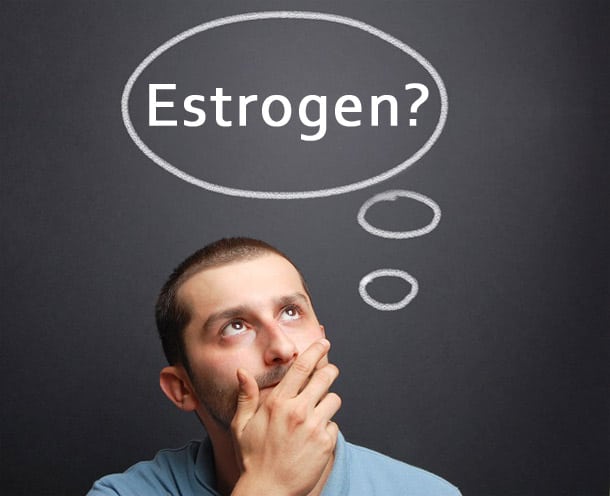
Sexual Function
Although it is commonly believed that estrogens have a negative impact on male sexual function, there is a lack of evidence that treatment of elevated estrogen levels during testosterone replacement has benefit in terms of male sexuality.[2] Among men were treated with injectable testosterone, high estradiol levels are not associated with higher rates of low libido; to the contrary, normal or lower estradiol levels are associated with low libido during testosterone therapy.[5] Intervention data supports that too low estrogen levels negatively impact sexual function.[6]
Bone Mineral Density and Fracture Risk
Higher free and total estradiol levels have a well-established role in maintaining bone health in both middle-age and older men.[7-10] The importance of estradiol for BMD is underscored by studies showing that increased testosterone levels cannot overcome the detrimental effect of selective estradiol deficiency on the skeleton.[11, 12] Treatment with aromatase inhibitors can lower bioavaliable estradiol levels to below 11 pg/ml (40 pmol/L). This roughly corresponds to a total estradiol level of 31 pg/ml [114 pmol/L], which is the threshold below which rates of bone loss and fracture risk starts to increase.[13] Therefore, if aromatase inhibitors are used, it is especially critical to monitor estrogen levels.
Mortality Risk – importance of keeping estrogen (estradiol) levels in check
Some men may experience elevations in serum estradiol above the upper limit of normal. The development of nipple or breast tenderness or frank gynecomastia has been reported in association with testosterone therapy, and in these cases there is a clear indication for the use of aromatase inhibitors to reduce estradiol.[14] Regardless of gynecomastia, estrogen elevations above the upper limit of normal may increase mortality risk.[15] So can estrogen levels below the lower limit of the normal range.[15] One notable study found that men with estradiol levels of 37.40 pg/mL or above had 133% increased death rates, while men with estradiol levels below 12.19 pg/mL had a whopping 317% increased death rates.[15] Men with estradiol levels between 21.80 and 30.11 pg/mL had the lowest death rates.[15] Another study confirmed that low estradiol levels below 16 pg/ml increases mortality risk, independently of testosterone levels.[16]
Bottom Line
For the following reasons, routine use of aromatase inhibitors in men on testosterone therapy is not recommended:
* Estrogen deficiency is responsible for some of the key consequences of male hypogonadism (especially sexual dysfunction and osteoporosis).[6, 8]
* Excess testosterone in the absence of enough estradiol could potentially have harmful metabolic effects.[2]
* Too low estradiol levels (below 12 pg/mL) may increase mortality risk over 3-fold.[15]
However, as estradiol levels of 37 pg/mL or above also increase mortality risk (albeit not as much as too low estradiol levels) [15], the key message for all men is to monitor their estrogen levels as rigorously as they monitor testosterone levels. Majority of men will reap most benefits by aiming for the golden middle estrogen (estradiol) level, around 20 to 30 pg/mL.
References:
1. Lakshman, K.M., et al., The effects of injected testosterone dose and age on the conversion of testosterone to estradiol and dihydrotestosterone in young and older men. J Clin Endocrinol Metab, 2010. 95(8): p. 3955-64.
2. Kacker, R., A.M. Traish, and A. Morgentaler, Estrogens in men: clinical implications for sexual function and the treatment of testosterone deficiency. J Sex Med, 2012. 9(6): p. 1681-96.
3. Amory, J.K., et al., Exogenous testosterone or testosterone with finasteride increases bone mineral density in older men with low serum testosterone. J Clin Endocrinol Metab, 2004. 89(2): p. 503-10.
4. Schubert, M., et al., Intramuscular testosterone undecanoate: pharmacokinetic aspects of a novel testosterone formulation during long-term treatment of men with hypogonadism. J Clin Endocrinol Metab, 2004. 89(11): p. 5429-34.
5. Tan, R.S., K.R. Cook, and W.G. Reilly, High Estrogen in Men After Injectable Testosterone Therapy: The Low T Experience. Am J Mens Health, 2014.
6. Finkelstein, J.S., et al., Gonadal steroids and body composition, strength, and sexual function in men. N Engl J Med, 2013. 369(11): p. 1011-22.
7. Vanderschueren, D., et al., Gonadal sex steroid status and bone health in middle-aged and elderly European men. Osteoporos Int, 2010. 21(8): p. 1331-9.
8. Vanderschueren, D., et al., Sex steroid actions in male bone. Endocr Rev, 2014: p. er20141024.
9. Ohlsson, C., A.E. Borjesson, and L. Vandenput, Sex steroids and bone health in men. Bonekey Rep, 2012. 1: p. 2.
10. Clarke, B.L. and S. Khosla, Androgens and bone. Steroids, 2009. 74(3): p. 296-305.
11. Burnett-Bowie, S.A., et al., Effects of aromatase inhibition on bone mineral density and bone turnover in older men with low testosterone levels. J Clin Endocrinol Metab, 2009. 94(12): p. 4785-92.
12. Meriggiola, M.C., et al., Effects of testosterone undecanoate administered alone or in combination with letrozole or dutasteride in female to male transsexuals. J Sex Med, 2008. 5(10): p. 2442-53.
13. Ohlsson, C., A.E. Borjesson, and L. Vandenput, Sex steroids and bone health in men. BoneKEy Rep, 2012. 1.
14. Rhoden, E.L. and A. Morgentaler, Treatment of testosterone-induced gynecomastia with the aromatase inhibitor, anastrozole. Int J Impot Res, 2004. 16(1): p. 95-7.
15. Jankowska, E.A., et al., Circulating estradiol and mortality in men with systolic chronic heart failure. JAMA, 2009. 301(18): p. 1892-901.
16. Tivesten, A., et al., Low serum testosterone and estradiol predict mortality in elderly men. J Clin Endocrinol Metab, 2009. 94(7): p. 2482-8.
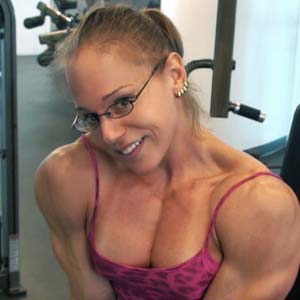

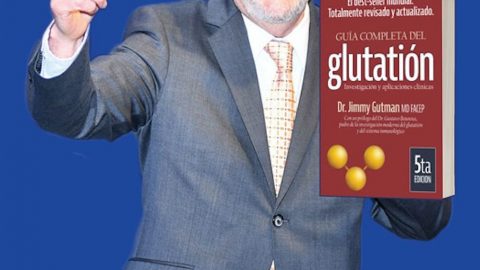
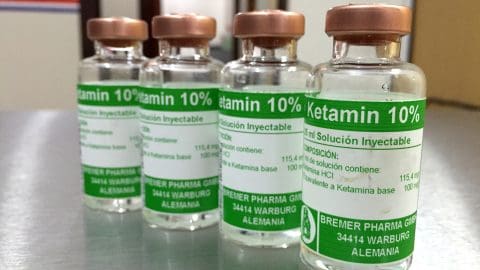
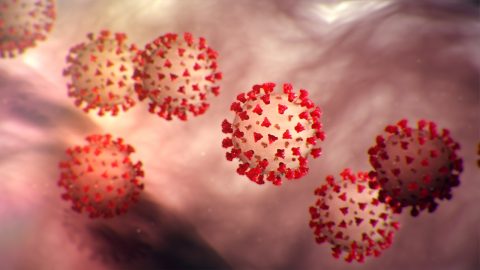

Hello Monica,
Dou you have an email address where I can ask you a question about TRT and low Testosterone?
Thank you for your time.
Sincerely’
Jonathan Jones
Please submit your question using the form on my website http://www.MuscleNutrition.Fitness
Monica,
Always appreciate your work. I am 58, a sponsored rock climber, 5’9″, 155 pounds. At a recent checkup/blood tests, we found my total test at 537, free test at 17. My estrogen #s were all elevated: Estrone, 82 pg/mL: Estradiol, 55 pg/mL and total estrogens: 137 pg/ml. Those are all well above the recommended ranges. I am not on TRT and wonder what you think about an effort to lower the E numbers. Thanks for your time and good work.
Michael